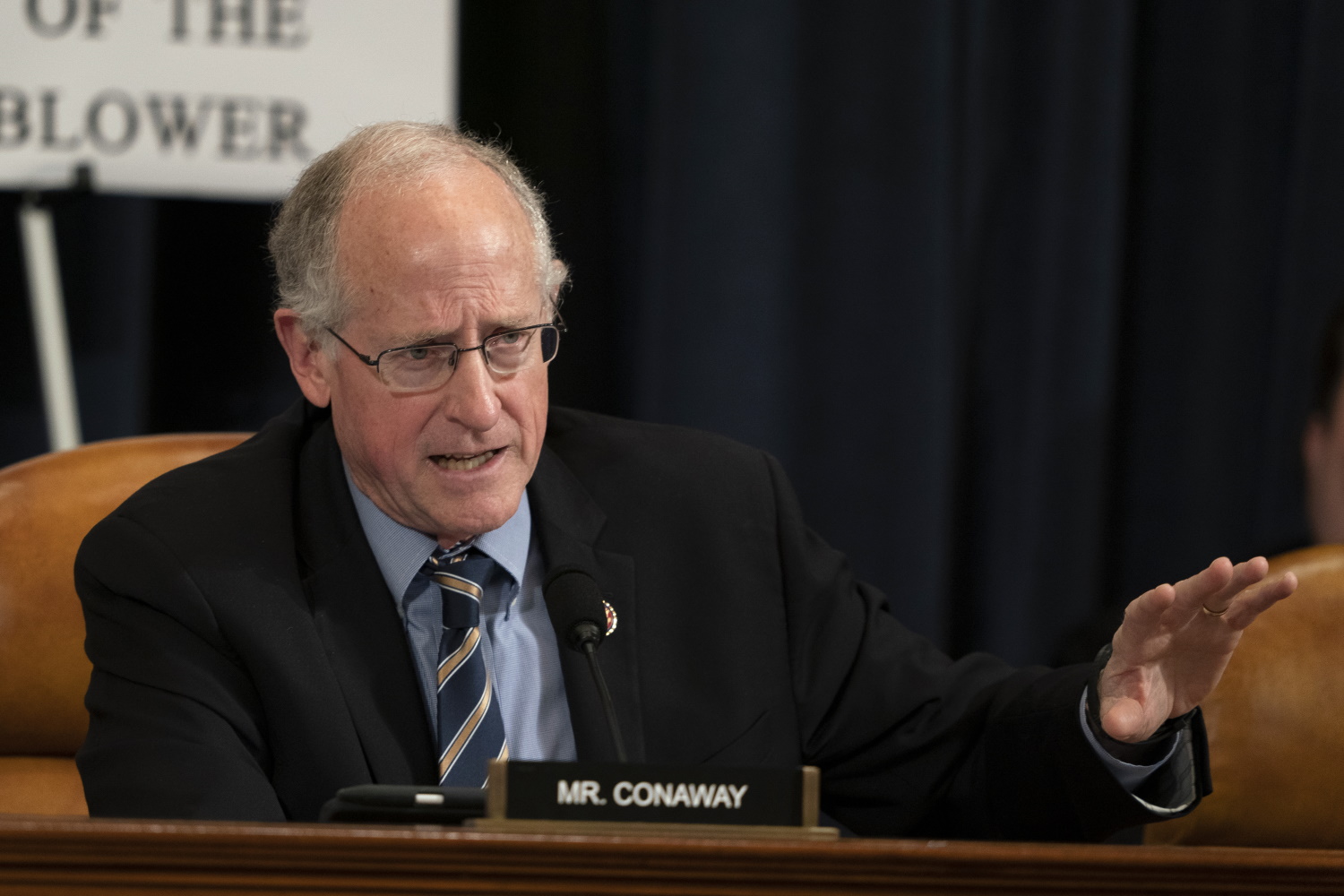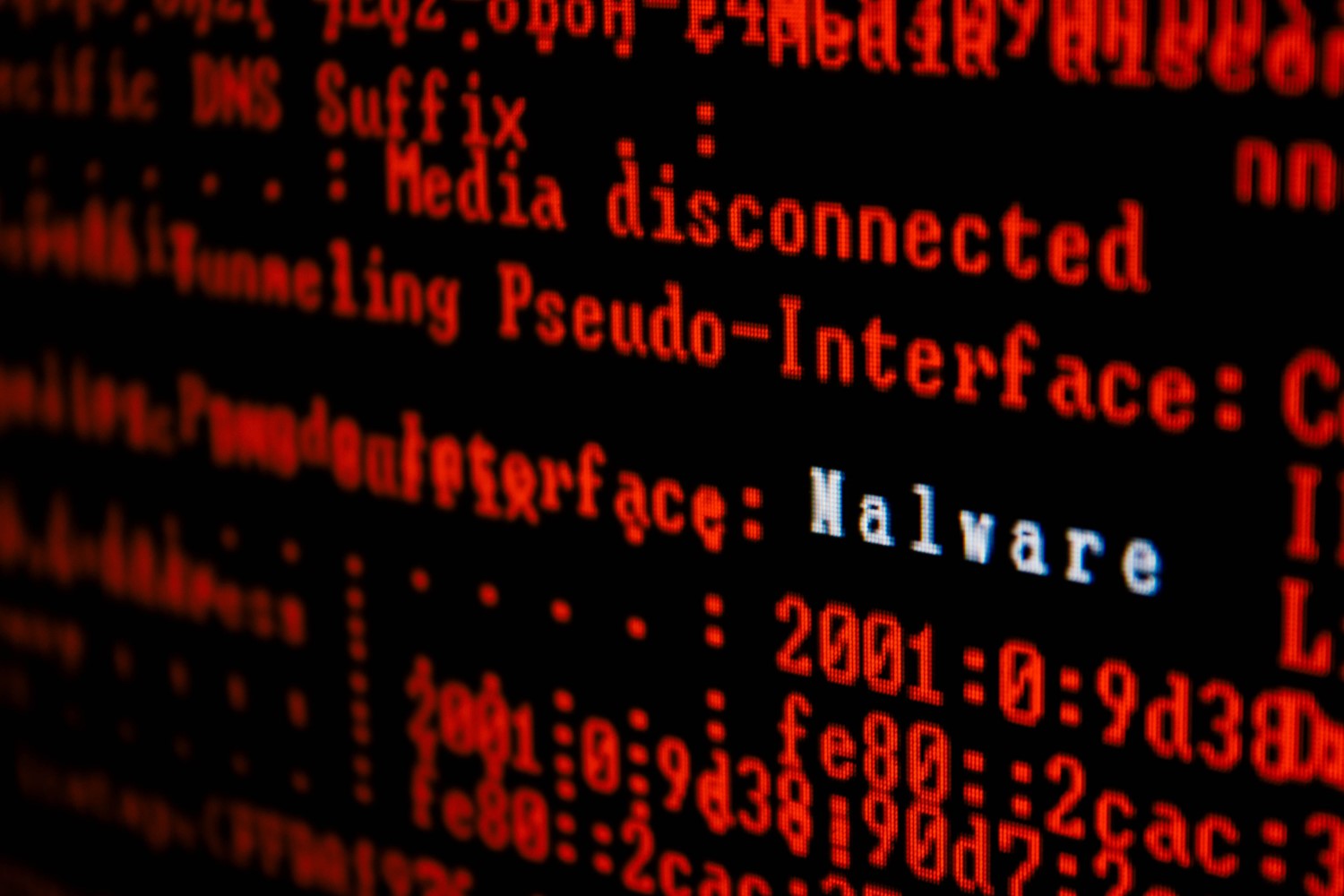Winners and Losers in the US’s $1,200 Check Blitz
Photo by Sharon McCutcheon on Unsplash
Winners and Losers in the US’s $1,200 Check Blitz
J.P. Koning, a CoinDesk columnist, worked as an equity researcher at a Canadian brokerage firm and a financial writer at a large Canadian bank. He runs the popular Moneyness blog.
Head over to “r/stimuluscheck”, a subreddit on Reddit, and you’ll learn some sad facts about the U.S. government’s ability to make emergency payments to Americans.
Created in March to share information about coronavirus relief payments, r/stimulus now has over 20,000 members and garners thousands of comments per day. It is full of stories about Americans grappling with misdirected payments and poorly communicated procedures. Many have lost hope of ever getting relief. When they finally get paid, recipients celebrate by posting a screenshot of their notification.
The Coronavirus Aid, Relief, and Economic Security Act, or the CARES Act, entitles around 80% of Americans to a one-time cash rebate of up to $1,200. That means that 200 million or so of America’s 250 million adults will get some form of relief. The House Committee on Ways and Means estimates that 171 million payments will eventually be made (couples may receive one joint payment).
The nature of this crisis means that speed is vital. Around 33 million Americans have lost their jobs. Many more are making less income than before. But they still have to pay bills and buy food. That’s what the $1,200 per American is for.
Unfortunately, the timing of the stimulus isn’t equally distributed. Some Americans have already received their $1,200. Millions are still waiting.
What determines whether one gets their stimulus now or later? Two themes help explain variations in speed: wealth and age.
The poor and the old should not be penalized.
Wealthier Americans tend to file their taxes while poorer ones don’t. Filers have been first in line while many non-filers are still waiting for their $1,200.
As for age, younger people are more comfortable than older ones with direct deposit. Direct deposit, an electronic transfer of funds into a bank account or onto a prepaid debit card, is much faster than paper check. And so the young have received their funds before older Americans.
The Internal Revenue Service (IRS) is the department responsible for making the $1,200 payments. On April 10, two weeks after the CARES Act was signed into law, it began to disburse funds. Tax payers were the first on the IRS’s list. Around 92 million Americans who filed taxes in the last two years have already provided the IRS with their direct deposit information. They did so to get a tax refund. These tax filers would automatically get their $1,200 stimulus via direct deposit – no need to provide the IRS with any additional information.
The first wave of direct deposits the IRS sent out on Friday, April 10 went to 80 million Americans, almost all of them from this group of filers. Even amongst this lucky initial wave there were winners and losers. Though the IRS hit the “pay” button on the 10th, most tax filers had to wait for five days – till Wednesday, April 15 – for their bank to credit funds to their accounts. Only then could they spend their $1,200 in relief.
But not filers who use upstart online-only banks or prepaid debit cards such as Chime, N26, Netspend, American Express BlueBird, and Varo. They got their $1,200 as early as April 10, long before filers at the major banks like Citibank and Wells Fargo. And they weren’t afraid to gloat about it on r/stimulucheck.
How so? U.S.’s automated clearinghouses take several days to clear and settle payments. Online-only banks and prepaid card issuers often front money to their customers in anticipation of a government check or salary payment.
In general, young people tend to use digital banks, so they were the ones who benefited from these stimulus advances. Older people who bank at traditional institutions had to wait till Wednesday for their $1,200. This same pattern occurred on the IRS’s next payday. The IRS submitted another 8 million or so payments on Friday, April 17. Most didn’t get their $1,200 until April 22, but many online-only customers got theirs on the 17th.
What about non-filers, who tend to be in the lowest income brackets?
Unfortunately, they have been eating the dust of filers who use direct deposit.
People who earn less than $12,200 don’t need to file taxes. Which means the IRS doesn’t have their payments information on hand. But people with low incomes are those most sensitive to payments delays.
Studies have found that around 10% of Americans are non-filers. This works out to around 25 million adults. To reach out to these missing millions, the IRS announced a non-filers website on April 10. This tool allowed non-filers to provide a bank account or address so that the IRS could send them their $1,200.
But this introduced frictions into the user experience. Whereas filers had their $1,200 deposited automatically, non filers had to know about the tool, use it properly, and have internet access.
Within the non-filer group are those who receive government support. The IRS told non-filers on Social Security that they didn’t need to use the non-filers tool. They would receive their $1,200 automatically.
Whereas [tax] filers had their $1,200 deposited automatically, non-filers had to know about the tool, use it properly, and have internet access.
Included in this category are many of the 61 million Americans who receive benefits from the Social Security Administration (SSA). Think those on retirement, disability, and survivor benefits. The SSA also supports 8 million of America’s most disadvantaged by providing them with supplemental security income (SSI).
Veterans receiving disability compensation and pension benefits from Veteran Affairs (VA) were told to not bother with the non-filers tool. Around 2 million veterans on benefits do not file taxes.
By teaming up with the SSA and VA, the IRS planned to use the individual payments information that the SSA and VA had on file to quickly get $1,200 to millions of benefit recipients who didn’t file taxes.
The process of paying out government benefits is already highly digitized. In 2013, Social Security recipients were required to switch from check to electronic payment. By 2019, around 99% of benefit recipients received a direct deposit. Those without accounts have been issued a special government prepaid card, the Direct Express card, so that they can still receive direct deposits.
So given that the IRS had many non-filers’ electronic payments information, you’d think that it could make these payments go quite fast.
Not so. Social Security disability recipients did not start to get their $1,200 stimulus until April 29, nineteen days after the first filers began to get them. As of May 8 many of those on SSI and Veterans still haven’t received a direct deposit.
Over at r/stimuluscheck, one exasperated SSI recipient just received notification of impending payment: “My SSI recipients please don’t give up hope!! I checked my status a few minutes ago and found my deposit date.” She is scheduled to get funds on May 13, more than a month after filers who use digital banks began to receive their $1,200.
It’s a mystery why the IRS waited till the end of April and beginning of May to start paying those on Social Security. After all, it already had electronic payments information for beneficiaries.
The last large group of losers are those who receive paper checks.
Around 18 million Americans who filed taxes in 2019 preferred to get their refund in check form. Another 45 million Americans who filed taxes either owed taxes or had a nil balance. Since they didn’t get a refund, the IRS does not have their direct deposit information on file. So unless they quickly notified the IRS of their account information by visiting the “Get My Payment” tool, their $1,200 will default to check form.
Millions of Americans who are unbanked will also be receiving checks.
The check is a very old form of payment. The Bank of England Museum has one going back to 1660 on which Nicholas Vanacker instructs his banker to pay £200 to Mr Delboe. Resilient it may be, but a check isn’t fast. It takes time to print up, personalize, and send.
The IRS started to mail out checks on April 20, ten days after the first direct deposit. It originally estimated that it would be sending out just over 100 million checks by mail. Unfortunately it can only process around 5 million checks per week, which means that it could take up to twenty weeks to mail them all out. That pushes the completion date to early September. Luckily for those with low incomes, the IRS says it will send them out in ascending order from poorest to richest.
Check usage is correlated with age; the older you are, the more likely you are to prefer check. So older Americans will be waiting the longest for their stimulus.
So where are we now? To date, the IRS says that it has made 130 million payments. That’s still far short of the 171 million that it originally expected.
The IRS’s effort was probably the best anyone could do given the circumstances. But the next time an emergency hits the U.S., hopefully the government will have improved the timing of relief payments. The poor and the old should not be penalized. And maybe the public will have learned from this episode, too. It’s time to stop relying on glacially-slow checks and give direct deposit a try.
Disclosure Read More
The leader in blockchain news, CoinDesk is a media outlet that strives for the highest journalistic standards and abides by a strict set of editorial policies. CoinDesk is an independent operating subsidiary of Digital Currency Group, which invests in cryptocurrencies and blockchain startups.









